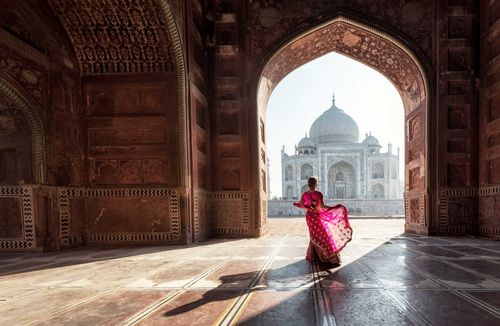The hospitality is unrivalled
Despite often surviving at subsistence level, the Ladakhis have a reputation for hospitality and an innocent mixture of pride and good nature. The women are especially photogenic in their traditional dress, which they almost all wear: a thick woven kuntop robe, colourful shawls, plus elaborate jewellery and the unique perak hat perched above their braided pigtails.
You are guaranteed a warm welcome wherever your wanderings take you, and there is a constantly-developing network of homestays around Leh and along trekking routes, which will increase your contact with the locals and directly benefit them economically.
The monasteries are astonishingly picturesque
One of the most characteristic images of Ladakh is of scenic whitewashed monasteries balanced precariously atop craggy peaks at angles that sometimes seem to defy gravity. These atmospheric spots have been unbroken places of worship for over a millennium and are especially lively during their annual festivals. Many offer basic but unique accommodation but even if you don’t stay, they are worth visiting at any time.
There is nothing quite like sitting on your own in the main prayer hall, always a riot of colour with painted thangkas, murals and statues, and listening to the mesmeric chanting of a lone monk, or chancing upon a ceremony involving cacophonous percussion and rasping horns. Among the star monasteries are Tikse, Hemis, Spitok, Lamayuru and Alchi, which contains some of the most highly acclaimed murals in the world.


_listing_1448379939234.jpeg)













